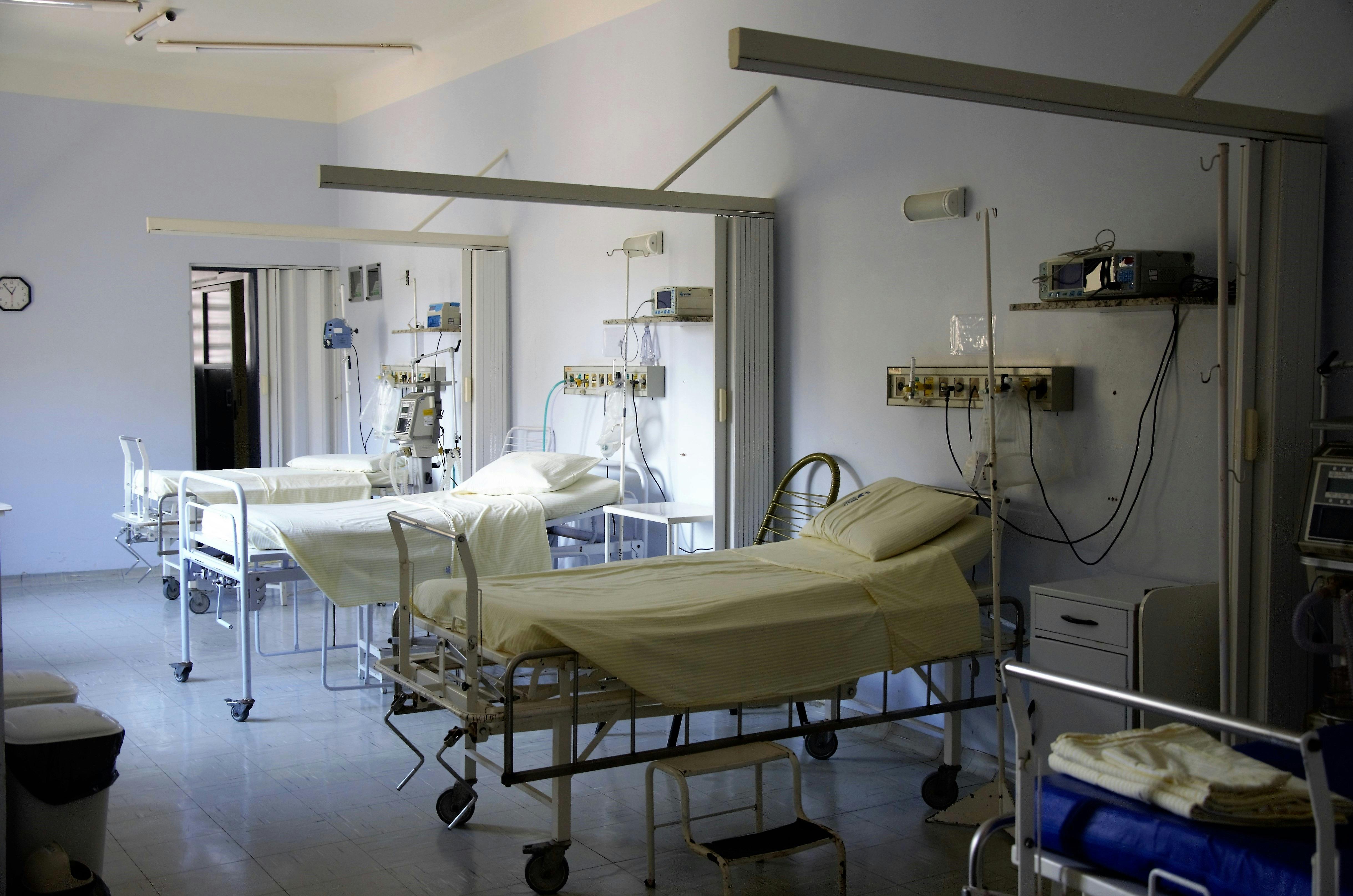
Credit: Pexels
Though healthcare facilities aim to improve health outcomes, many institutions fail to address a big threat to patient and employee safety in the form of poor air quality. A study on the effect of hospital air quality on outbreaks discovered that the use of air purification systems reduced the average hospitalization time, the need for invasive patient ventilation, and even the risk for instrument contamination. It was also found that the spread of infectious diseases, like tuberculosis, rose in hospitals due to the inadequate filtration of 60% of recirculated air. Unfortunately, various aspects of indoor air quality can present risks for individuals in healthcare facilities. Poor air quality is a public health concern, and here’s why:
Poor operational practices lead to the spread of harmful chemicals
Healthcare professionals handle chemicals and use strong substances for varied uses. A study cited that potentially harmful chemicals like radon, moxa smoke, and even nitrogen dioxide are widespread in indoor settings of healthcare facilities. Since these substances are commonly in use for hospital procedures, the researchers emphasized that healthcare managers and staff must play a more active role in managing and reducing the spread of chemical pollutants. In order to provide more opportunities to train these professionals, universities now offer online healthcare management programs that teach graduates leadership roles across a variety of healthcare settings — such as hospitals, clinics, doctors’ offices, and nursing homes. Alongside teaching them the latest health practices to make health centers safer, these programs also allow professionals to balance their work while learning how to properly manage healthcare facilities, given that they're wholly available online. The training imparts important operational practices that can improve health outcomes without posing negative consequences on patient safety.
Inadequate ventilation can increase risks for serious conditions
Due to poor institutional design, invisible gases in healthcare facilities can build up and pose a greater risk for medical professionals and patients alike. Our article on the three components of air quality emphasized that volatile organic compounds from sanitation products or even carbon dioxide from exhaling can build up in poorly ventilated areas. These gases can cause long-term respiratory problems as well as headaches, which is why air purification technologies that target carbon dioxide need to be widely distributed in facilities. Furthermore, poor ventilation can increase the probability of infections and speed up the spread of viruses in indoor facilities. Thus, professionals specializing in architecture are encouraged to integrate ventilation designs and air purification interventions as a post-pandemic practice. By rethinking building design strategies and prioritizing air ventilation, the risk for health conditions and infectious diseases can be greatly reduced in healthcare facilities.
Anesthetic gas exposure can lead to temporary and permanent health conditions
Aside from volatile organic compounds and carbon dioxide buildup, healthcare facilities may also emit anesthetic gases (AG), such as halothane, isoflurane, sevoflurane, nitrous oxide, and more. The gases are typically used by anesthesiologists to sedate patients undergoing surgery or examination. Unfortunately, high concentrations or even long exposure to these substances can cause alarming health effects, like asthma, dyspnea, chest pains, and irritations. Substances like ethylene oxide and formaldehyde even cause worse effects because they have carcinogenic and mutagenic properties, which are especially harmful to pregnant women. While the use of anesthetic gases is constantly monitored and managed in hospital settings, patients and healthcare workers alike may be exposed to these substances for a long period of time due to improper practices and hospital design. As such, healthcare professionals need to observe the right amount of air changes per hour, while architects and engineers should prioritize proper ventilation in facilities.
Air quality is important for healthcare facilities due to the substances, chemicals, and gases emitted into these spaces. Since these can be detrimental to both patients and staff, strategies for the improvement of air quality must be observed to mitigate any risks.
Written by Brielle Andrews for algenair.com
